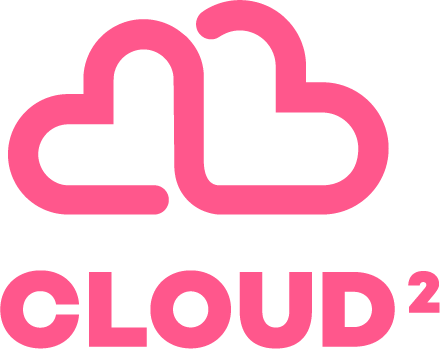Why Multi-Agent Systems Are the Next Step for AI in the Enterprise
Adopting AI has meant integrating assistants like ChatGPT or Copilot into daily tasks. These tools are useful — but they’re just the beginning. As AI maturity grows, so does the need for orchestrated, intelligent systems that can perform more than just single-turn queries.
This is where multi-agent systems come in.
From Single Agents to Intelligent Teams
A single AI agent is powerful — it can analyze text, summarize content, answer questions. But real business processes are rarely linear or isolated. They often require multiple steps, different roles, and task-specific logic.
Multi-agent systems coordinate multiple specialized agents that can work together:
One agent reads incoming data
Another queries a database
A third writes a summary or response
A fourth validates output against company policy
These agents can communicate, share context, and collaborate to complete complex workflows — far beyond what a single prompt can deliver.
Why Enterprises Need Multi-Agent Thinking
Enterprises don’t run on isolated tasks. They run on systems.
That’s why multi-agent orchestration makes sense in areas like:
Customer service ticket triage and escalation
Compliance document generation
HR onboarding flows
IT incident response automation
When AI agents can work together like human teams, organizations gain:
✅ More accuracy through specialization
✅ Scalability through parallel execution
✅ Consistency across departments
✅ Reduced overhead with less manual handoff
And:
✅ Flexibility in model selection
One Team — Many Models (and Clouds)
In AI Control Room, each agent in a team can use a different large language model (LLM) — and even source it from a different cloud provider.
Need a Claude model from Bedrock for content analysis? A GPT-4 from Azure for reasoning? PaLM 2 from Vertex AI for language generation? No problem.
This per-agent configurability means your automation isn’t locked to a single vendor — and you can optimize performance, cost, or compliance model-by-model.
The AI Control Room Approach
At AI Control Room, we’ve built native support for team-based agent coordination. Our platform lets you:
Design and manage agent teams
Define their interaction mode (route, collaborate, coordinate)
Assign specific models from different providers (AWS, Azure, GCP, private) per agent
Analyze cost savings
All of this runs in your own cloud — fully under your control.
What’s next
AI agents will become digital coworkers — not just clever tools. But to do that, they need to work as a team. And to work well, they need the right tools and models for each task. Multi-agent systems are the bridge between single-use assistants and true enterprise automation. And the best time to start building that bridge is now.



